RovyVon A8x Keychain Flashlight Review
Here’s the new RovyVon A8x Keychain flashlight. It’s an updated version of their keychain series. Read on for some testing and thoughts!
Official Specs and Features
Here’s a link to the RovyVon A8x Keychain Flashlight product page.
Versions
There are a few versions here. Two emitter options: Cree XP-G3, and Nichia 219c (seen here). And two secondary options: UV/Red/White, and Amber/Red/Blue (seen here). That’s it for the A8x, but there are others in this series, too: A5x (Green GITD), A7x (blue GITD), A2x (Stainless), A3x (aluminum), A4x (titanium), and the A10x (timascus).
Price
These are going for $46.95 right now. Available on amazon.com! (referral link).
Short Review
I like it, but that’s probably no surprise. I have liked just about all these RovyVons, I think. The clear body of this one doesn’t provide me any real usefulness, and the Amber secondary is too bright in my opinion – I’d probably just opt for the aluminum version and forgo the secondary emitters. Or titanium, for a premium feel. But generally speaking, I’m pleased with the series.
Long Review
The Big Table
| Rovyvon A8x | |
|---|---|
| Emitter: | Nichia 219c (With Amber, and Red and Blue) |
| Price in USD at publication time: | $46.95 Buy yours on Amazon.com! |
| Cell: | Internal |
| Turbo Runtime | High Runtime |
| LVP? | Warning |
| Switch Type: | E-Switch |
| Quiescent Current (A): | ? |
| On-Board Charging? | Yes |
| Chargetime | |
| Power off Charge Port with no Cell? | With Battery – All modes |
| Claimed Lumens (lm) | 450 |
| Measured Lumens (at 30s) | 262 (58.2% of claim)^ |
| Candela per Lumen | 5.3 |
| Claimed Throw (m) | |
| Candela (Calculated) in cd (at 30s) | 102lux @ 3.485m = 1239cd |
| Throw (Calculated) (m) | 70.4^ |
| All my Rovyvon reviews! | |
^ Measurement disclaimer: Testing flashlights is my hobby. I use hobbyist-level equipment for testing, including some I made myself. Try not to get buried in the details of manufacturer specifications versus measurements recorded here; A certain amount of difference (say, 10 or 15%) is perfectly reasonable.
What’s Included
- RovyVon A8x Flashlight
- Pocket clip
- Split ring
- Charge cable (USB to micro-USB)
- Manual
Package and Manual
Build Quality and Disassembly
The build quality is good. No issues. The clear body allows a neat view into the internals.
I didn’t disassemble the light at all – I think the bezel is glued on, and there is no other ingress.
This is just a fun long exposure, allowing the blue and red to overlap.
Size and Comps
Officially:
Dimensions: Ø0.61” (15.6mm) x L2.38” (60.5mm)
Weight: 0.52oz/14.8g
Retention and Carry
The main way I’ve carried this light is just loose in my pockets. But there’s also a pocket clip which attaches just like all the others in this series. There are grooves in the body on the sides, to allow attachment of the clip – friction fit – in a number of places and orientations.
I wouldn’t really plan to use the clip for a switch cover (to prevent accidental activation).
The clip can go in an orientation that will allow use as a hatlight, too.
Also an option is the loop on the tail end. It’s fit for a lanyard or chain, but neither is included.
Power and Runtime
The A8x, as the models before, is powered by a built-in lipo pouch battery. This is not replaceable, except by RovyVon.
The runtime for high and medium follow. Output doesn’t hit the claim when considered to FL1 standards, but at initial output the specs are met. (Also the modes are labeled “Turbo” and “High” below, but I think it’s clear what’s going on.)
The switch has a red indicator function, which lights at around 2.8V.
Charging
Of course since the battery is built-in, there must be onboard charging too. There is, in the form of a micro-USB port in the side of the tail. It’s covered with a press-in translucent silicone cover.
The included cable is USB to micro-USB.
Charging proceeds about as fast as you’d want it to – around 0.35A.
During charge, the blue indicator (not the same as the blue secondary emitter) “breathes” to indicate charging. When charge is complete, the blue is steady.
Modes and Currents
| Mode | Mode Claimed Output (lm) | Claimed Runtime | Measured Lumens | Tailcap Amps |
|---|---|---|---|---|
| High | 450 | 1.5m/90m | 262 | – |
| Medium | 260 | 1.5m/160m | 216 | – |
| Low | 15 | 12h | 15 | – |
| Ultra-low | 2 | 70h | – | – |
Pulse Width Modulation
The lower two modes have PWM. It’s noticeable to me on the lowest mode, but not horribly so.
Below is actually the strobe output… Not PWM at all (except in the sense that PWM is the light coming on and off, which is very much what strobe is). The intensities are different because my sensor doesn’t pick up red and blue the same way. So the higher is red (or blue, I don’t remember) and the lower is red (or blue, I don’t remember). Interestingly you can see exactly how many times each color blinks before switching! Neat, I think.
The amber mode doesn’t use PWM.
Here you can see a “baseline” – a chart with almost no light hitting the sensor.
Then there’s the Ultrafire WF-602C flashlight, which has some of the worst PWM I’ve seen. It’s so bad that I used a post about it to explain PWM! Here are multiple timescales (10ms, 5ms, 2ms, 1ms, 0.5ms, 0.2ms) to make comparing this “worst” PWM light to the test light easier. That post also explains why I didn’t test the WF-602C at the usual 50us scale.
User Interface and Operation
There’s a single side switch for operating the Aurora A8x. It’s a clicky indicating side e-switch. Despite how it looks, it’s still a silicone switch cover.
That’s different from the original too, which had a much bigger and fairly prouder switch. I have no complaints about the upgrade, except I wish they’d thrown a metal (or at least hard) switch cover on there.
Here’s a user interface table!
| State | Action | Result |
|---|---|---|
| Off | Hold | Momentary High |
| Any | Double Click | Moonlight (technically the manually memorized mode^) |
| On (White) | Click | Mode Cycle (Moon > Low > Med > High) |
| On | Hold | Off |
| On >3m | Click | Off |
| Any | Click 3x | Red/Blue Secondary Strobe |
| Any | Click 4x | Amber Secondary Steady |
| Red/Blue Secondary Strobe | Click | Red Strobe |
| Red Strobe | Click | Slower Red Strobe |
| Amber Secondary | Click | Slower Amber Strobe |
| Slower Amber Strobe | Amber Strobe |
^ It’s possible to memorize any of the 4 modes with this UI. Just leave the light on for around 3 minutes, and that mode is memorized (except for secondary emitters). Your light will likely ship with this mode set to High!
LED and Beam
My review copy has Nichia 219c, which is a high CRI variant. I’m very pleased this is an option both because I’d prefer the high CRI (90+) and also I think XP-G3 is just really, really bad. So I have Nichia, and I think you’ll be happier with it too.
The other three emitters are visible through the body.
They’re quite bright!
These beamshots always have the following settings: f8, ISO100, 0.3s shutter, and manual 5000K exposure. These photos are taken at floor level, and the beam hits the ceiling around 9 feet away.
Tint vs BLF-348 (KillzoneFlashlights.com 219b version) (affiliate link)
I keep the test flashlight on the left and the BLF-348 reference flashlight on the right.
I compare everything to the Killzone 219b BLF-348 because it’s inexpensive and has the best tint!
Conclusion
What I like
- New battery is twice the capacity as the old
- Output is good (but rated from turn-on not 30s FL1 standard)
- Build quality is good – sturdy light
- Many body materials /finishes available
What I don’t like
- Switch cover could be metal (like the bigger A23 lights)
- PWM still present (though greatly improved!)
Notes
- This light was provided by RovyVon for review. I was not paid to write this review.
- This content originally appeared at zeroair.org. Please visit there for the best experience!
- For flashlight-related patches, stickers, and gear, head over to PhotonPhreaks.com!
- Use my amazon.com referral link if you’re willing to help support making more reviews like this one!
- Please support me on Patreon! I deeply appreciate your support!




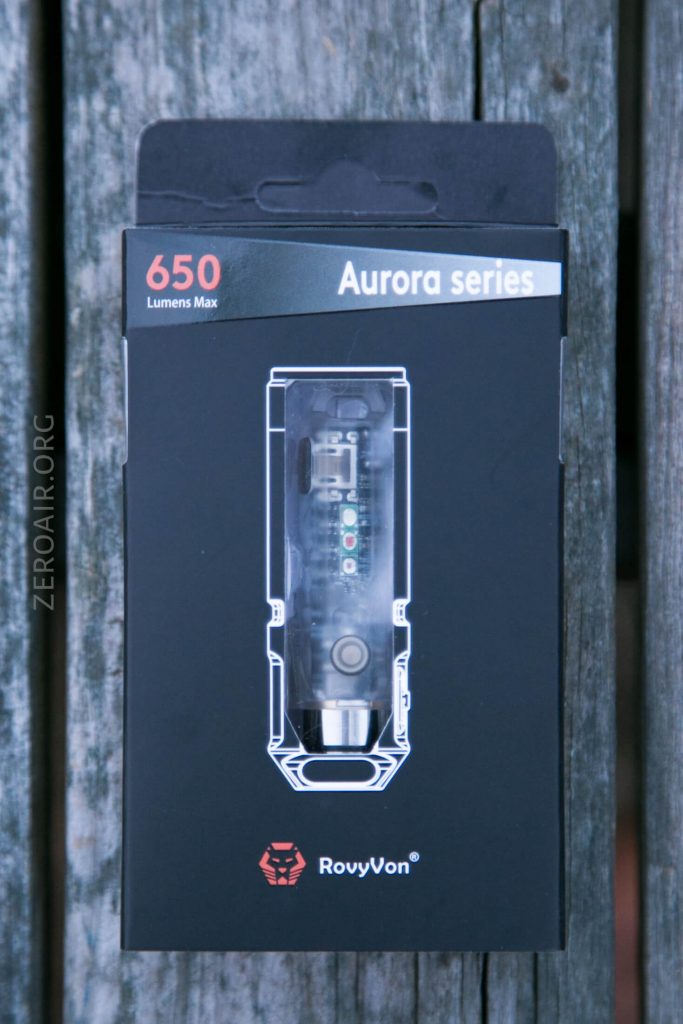


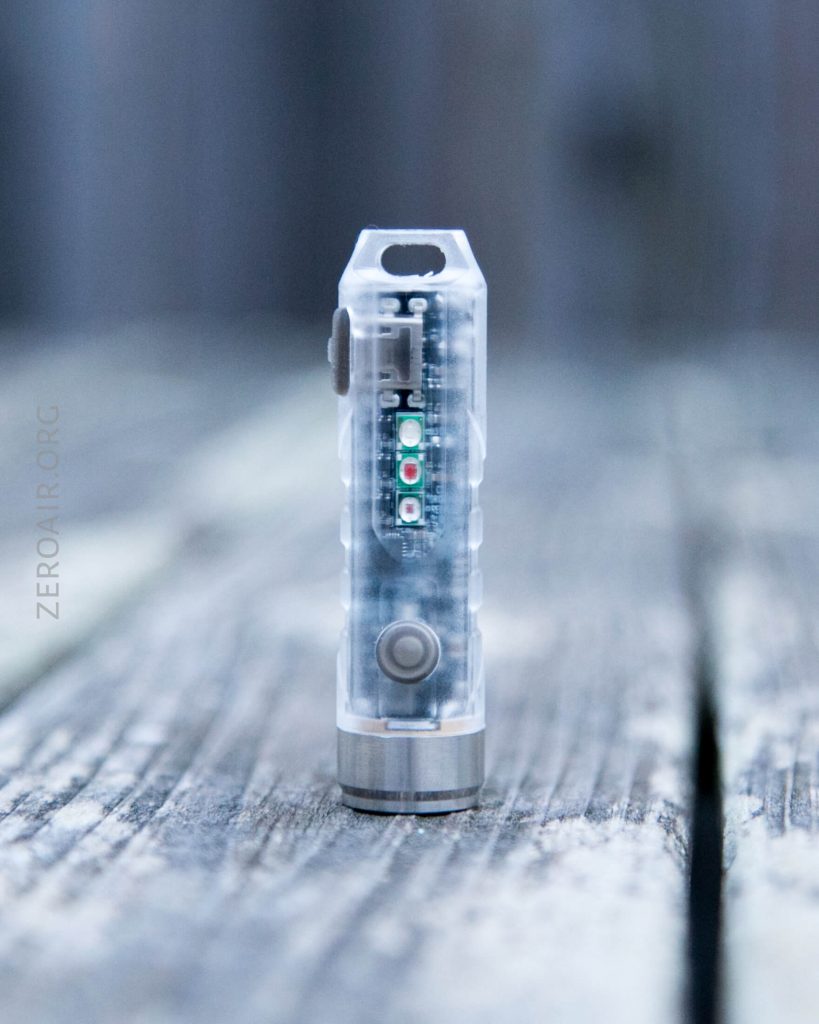
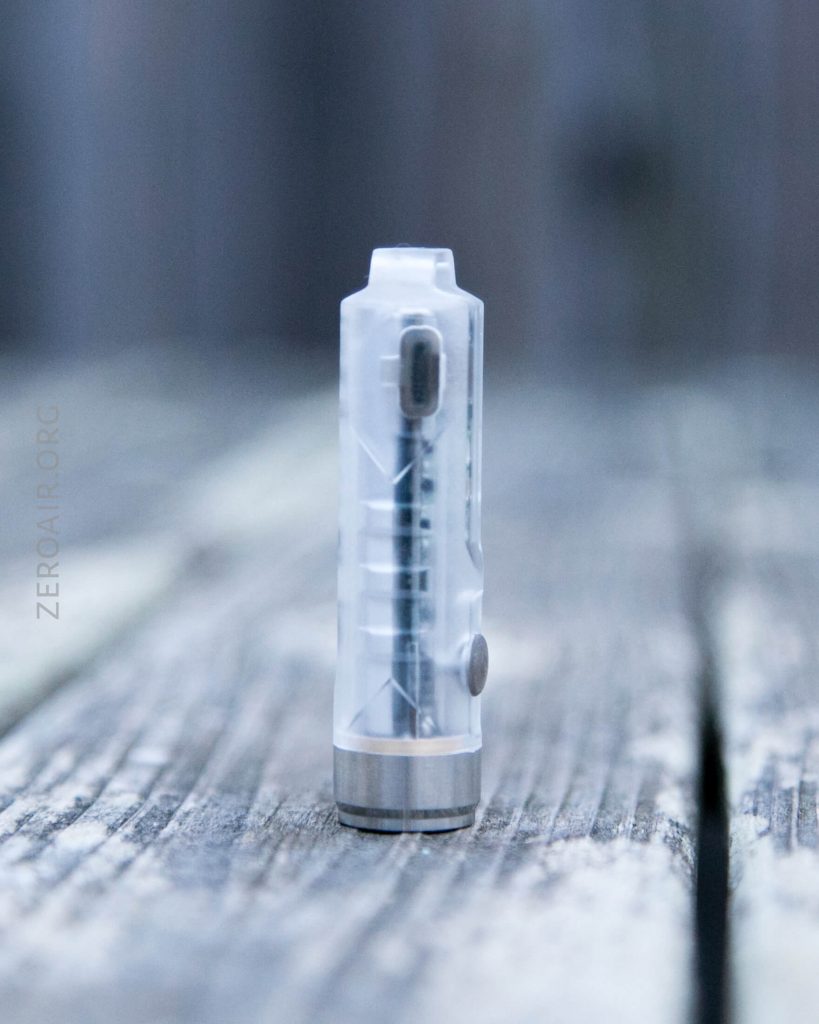
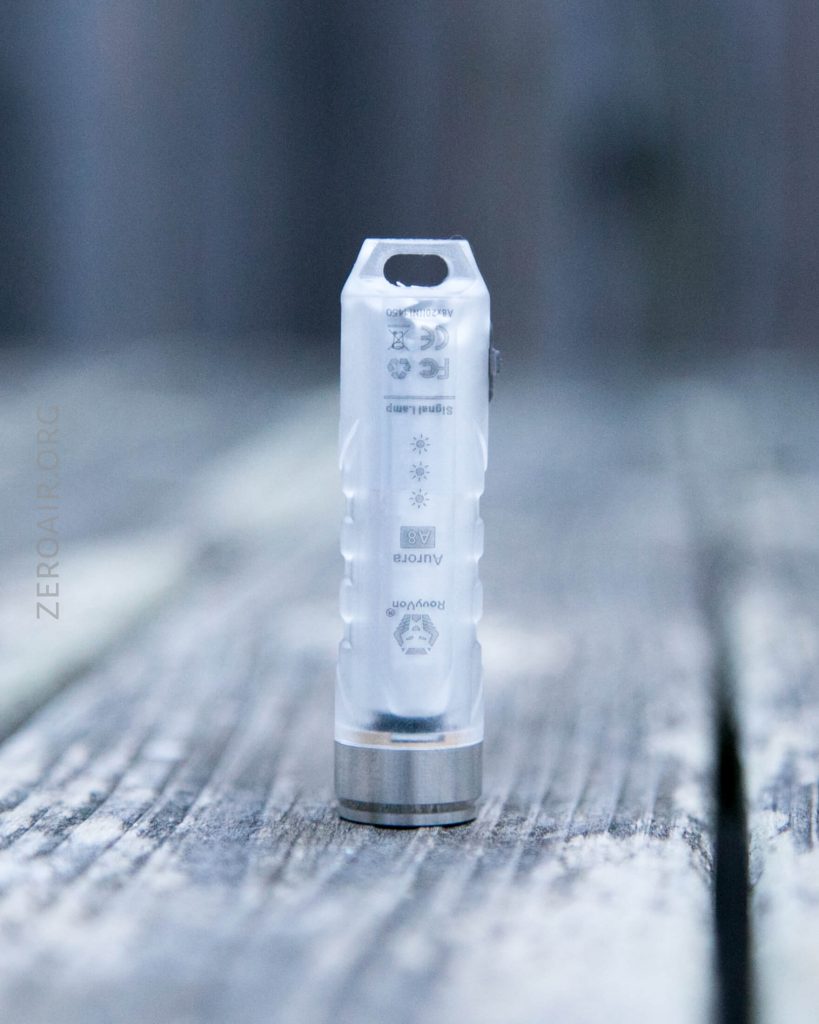
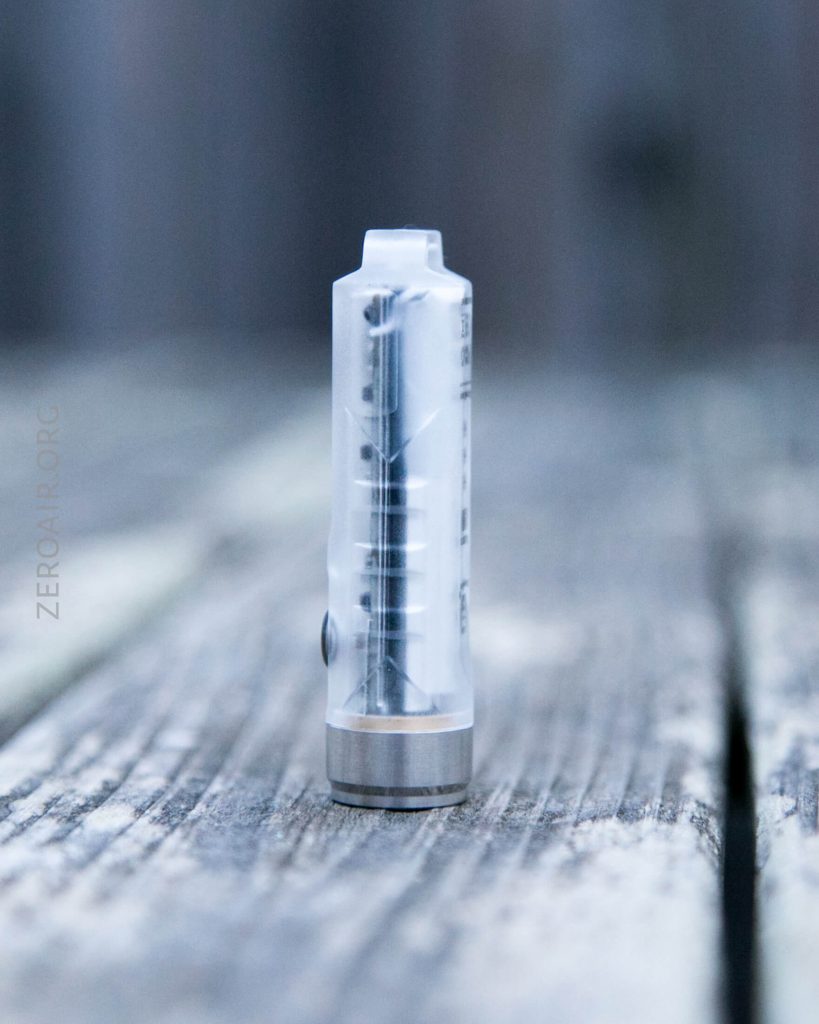







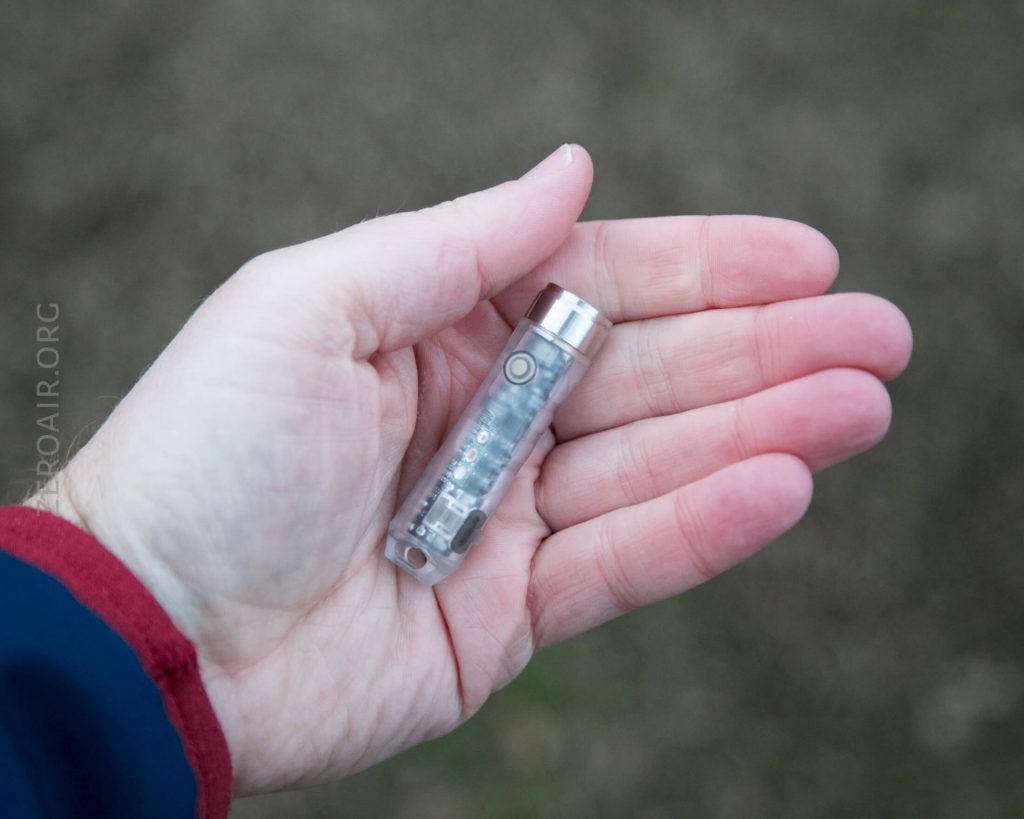
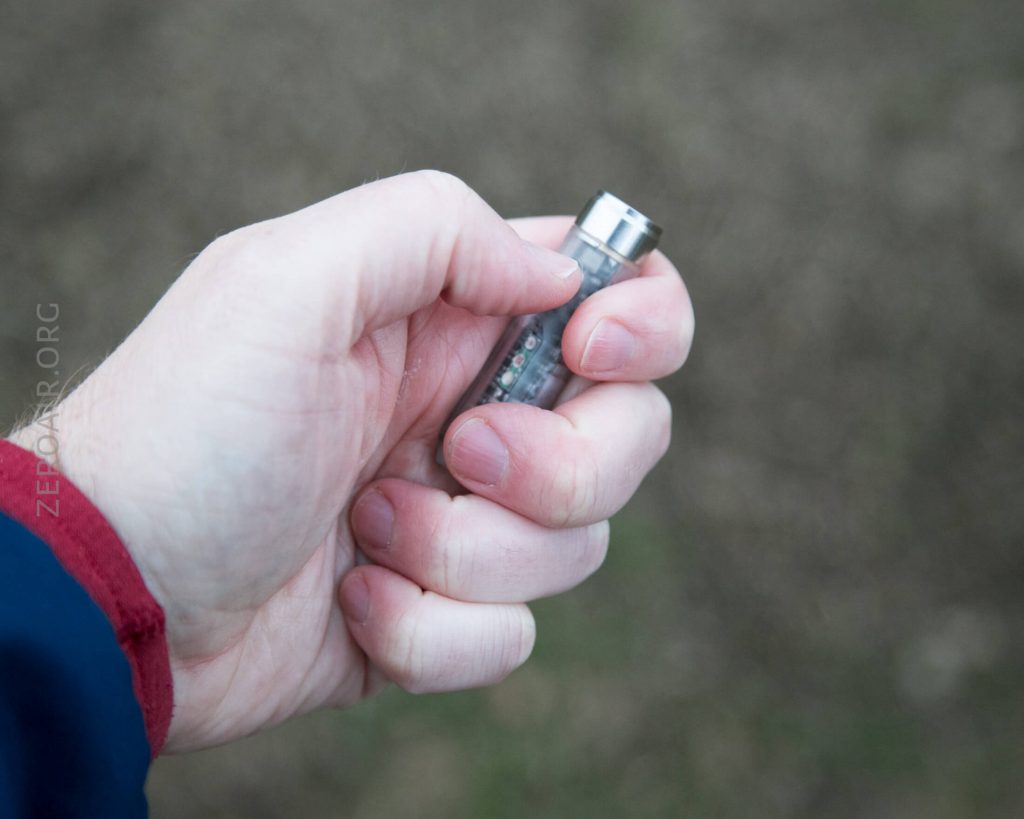
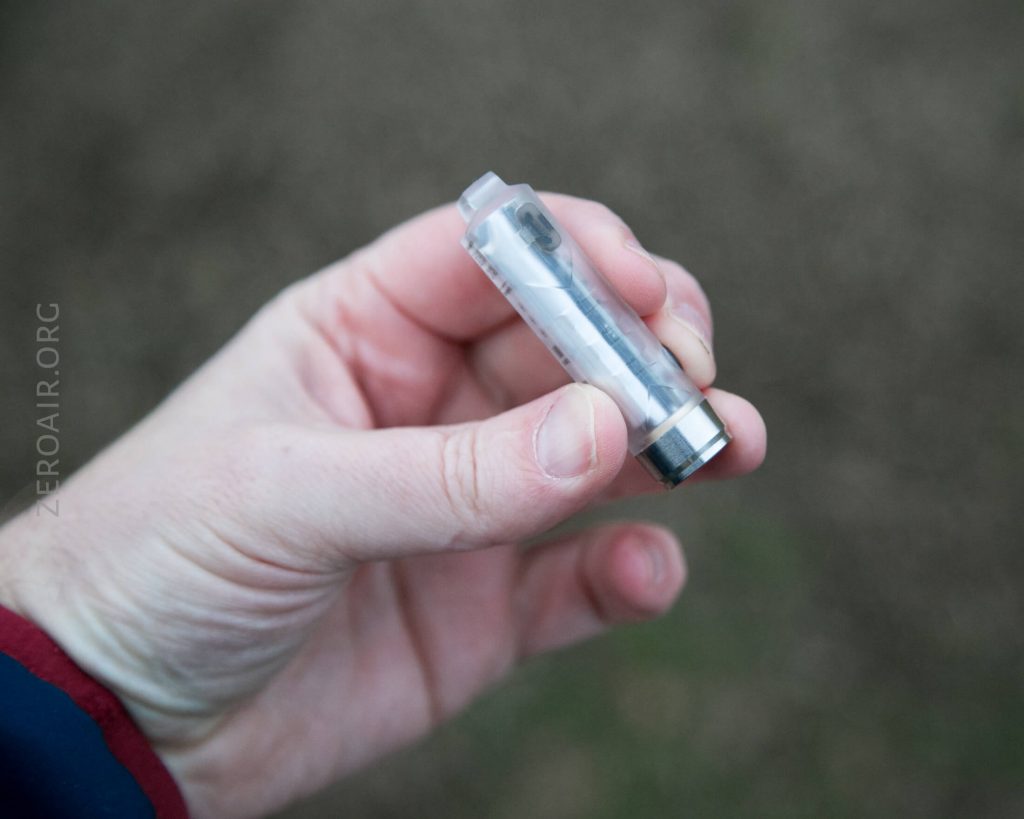












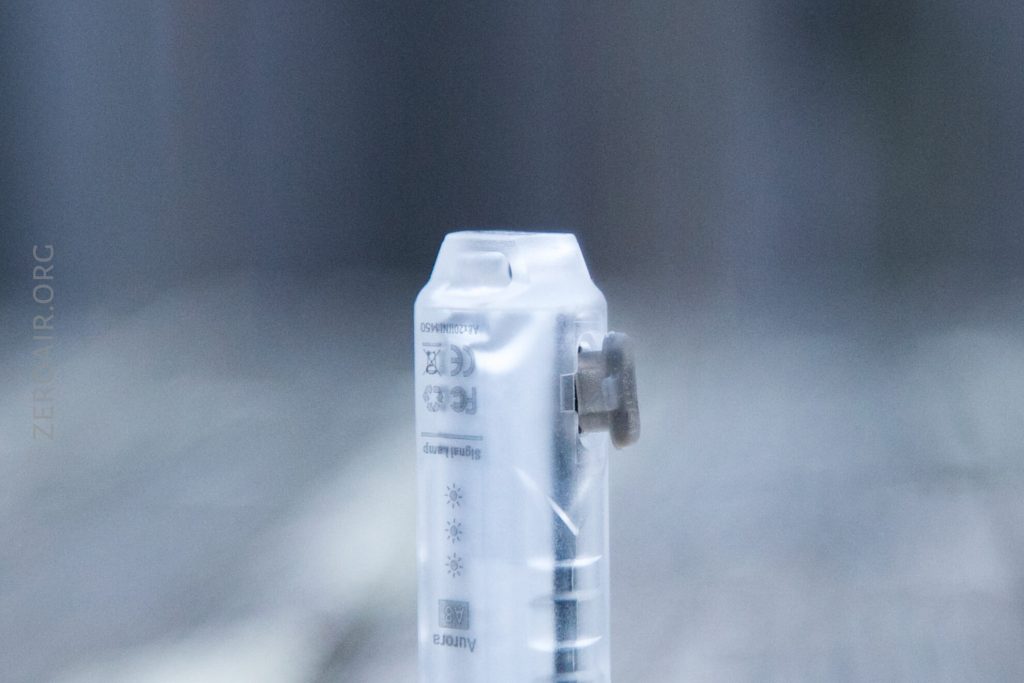


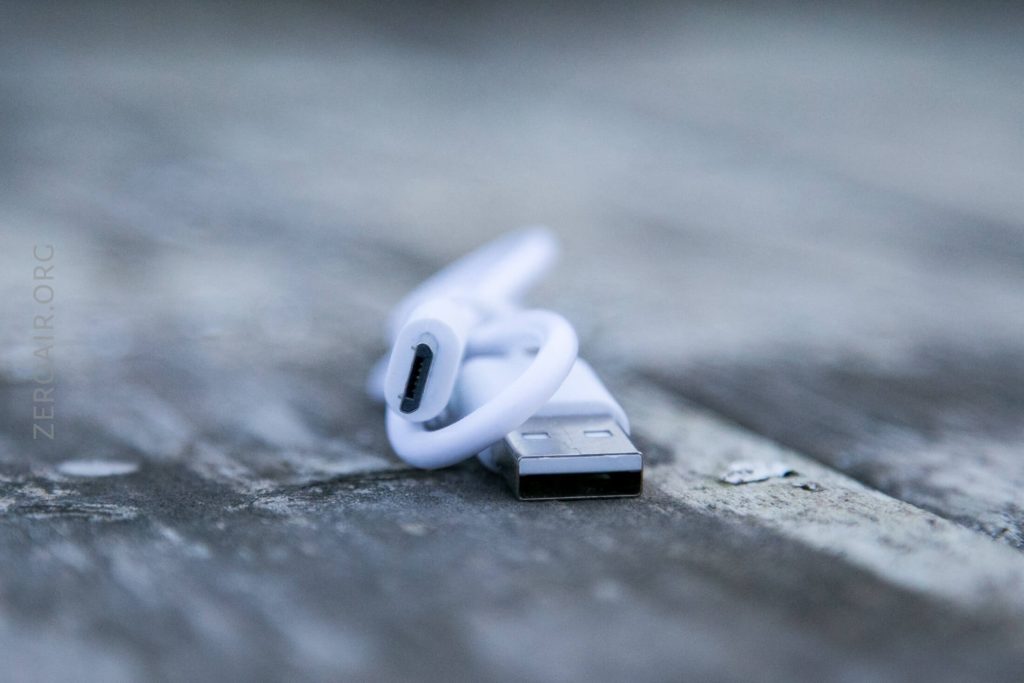

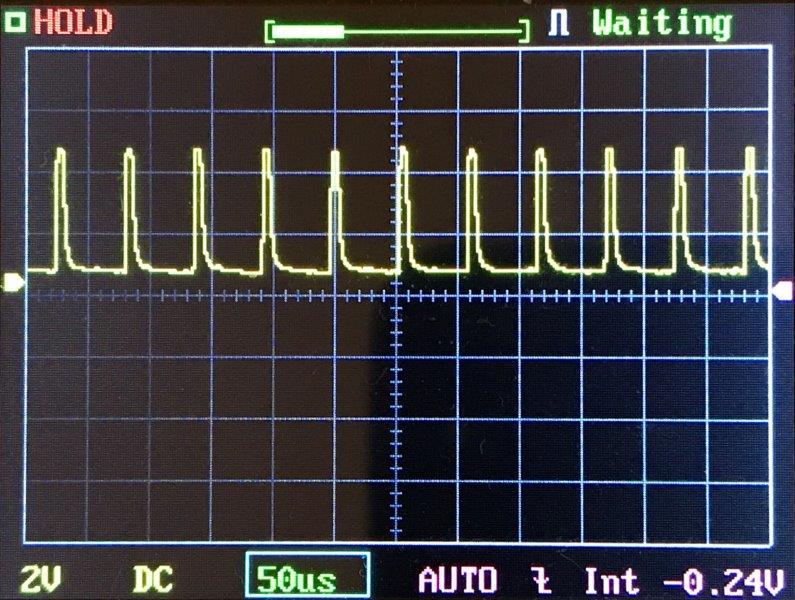
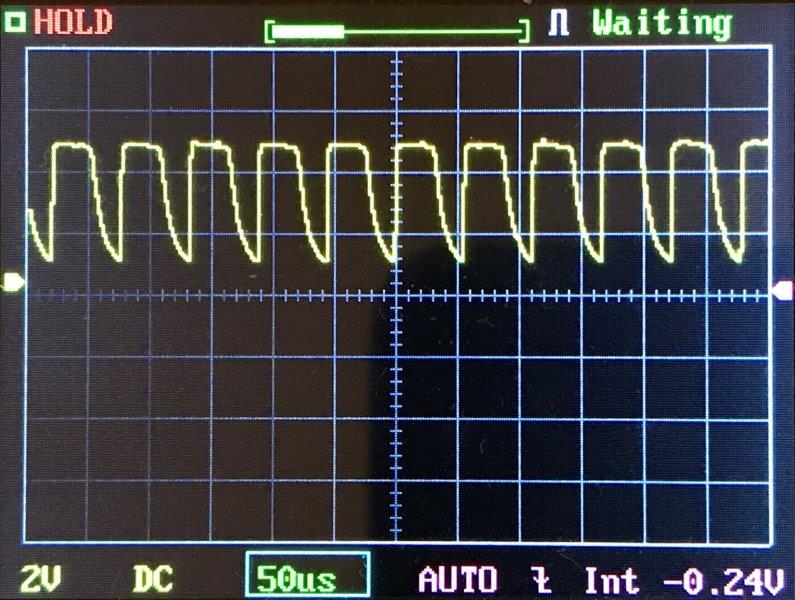
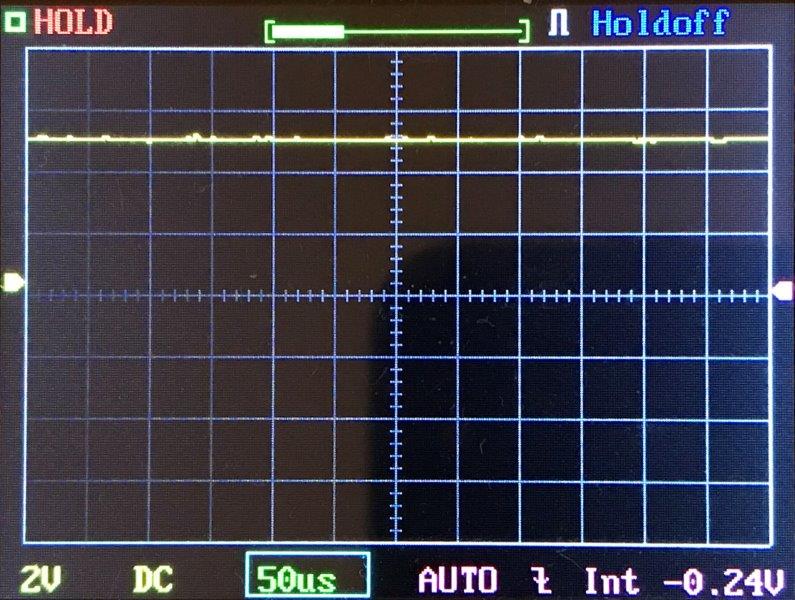


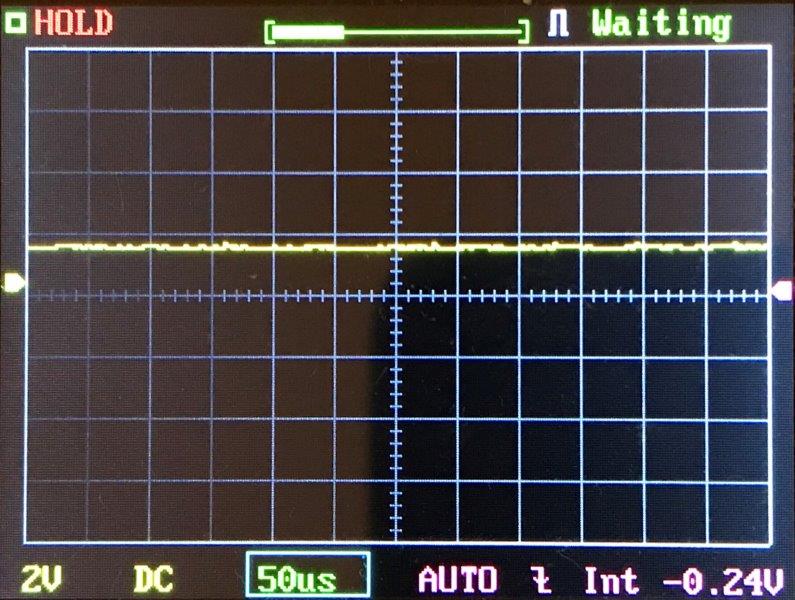

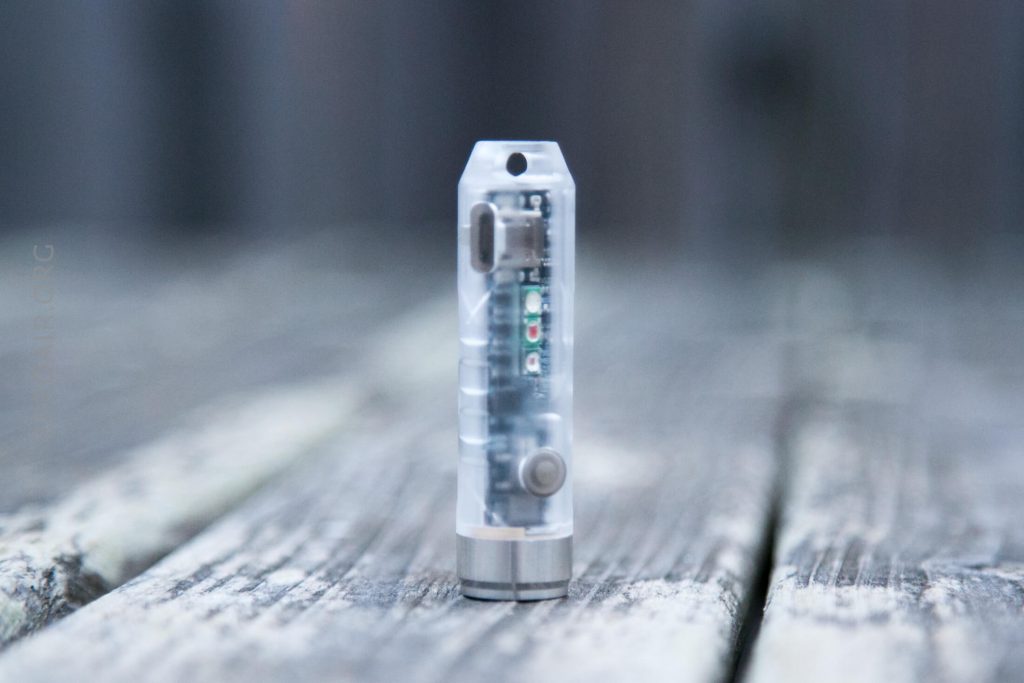
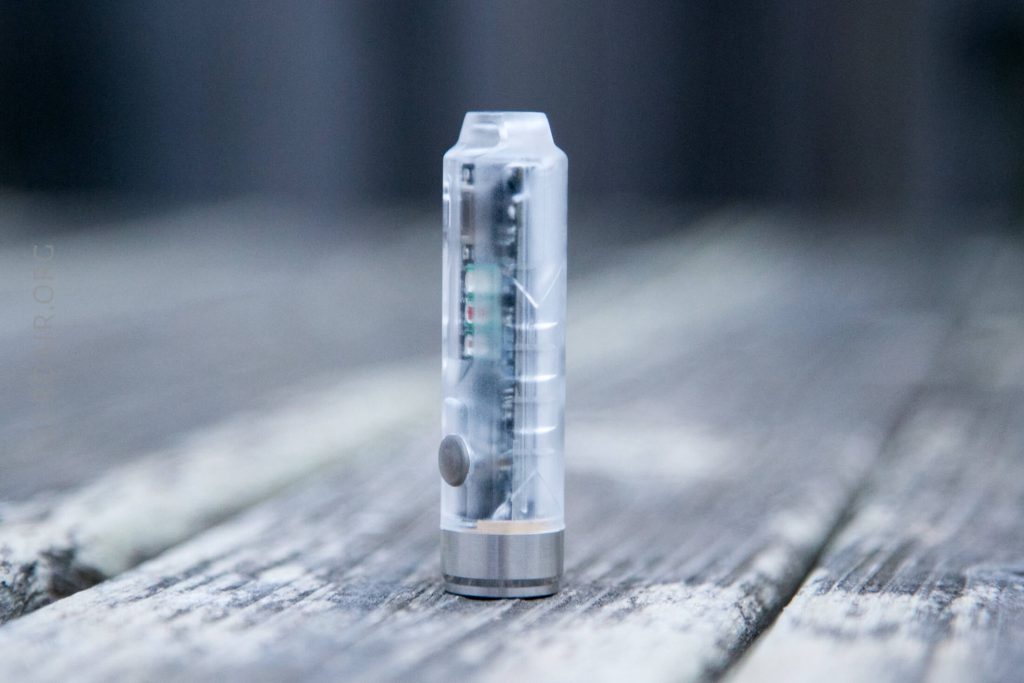







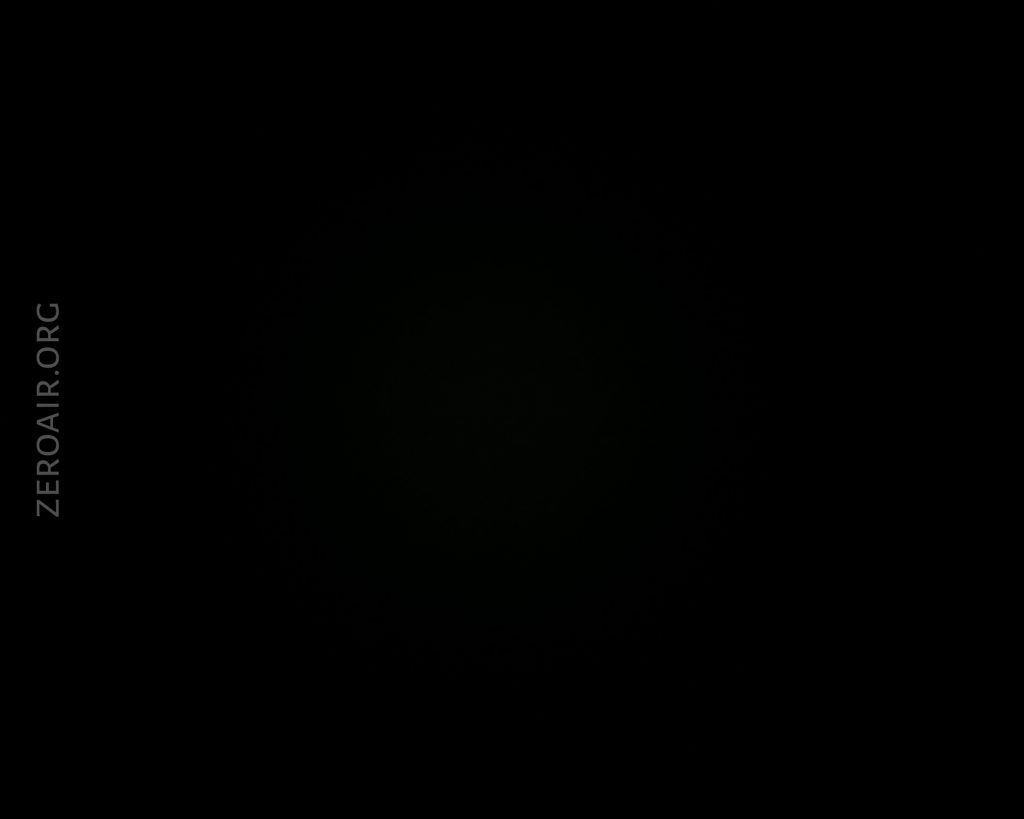
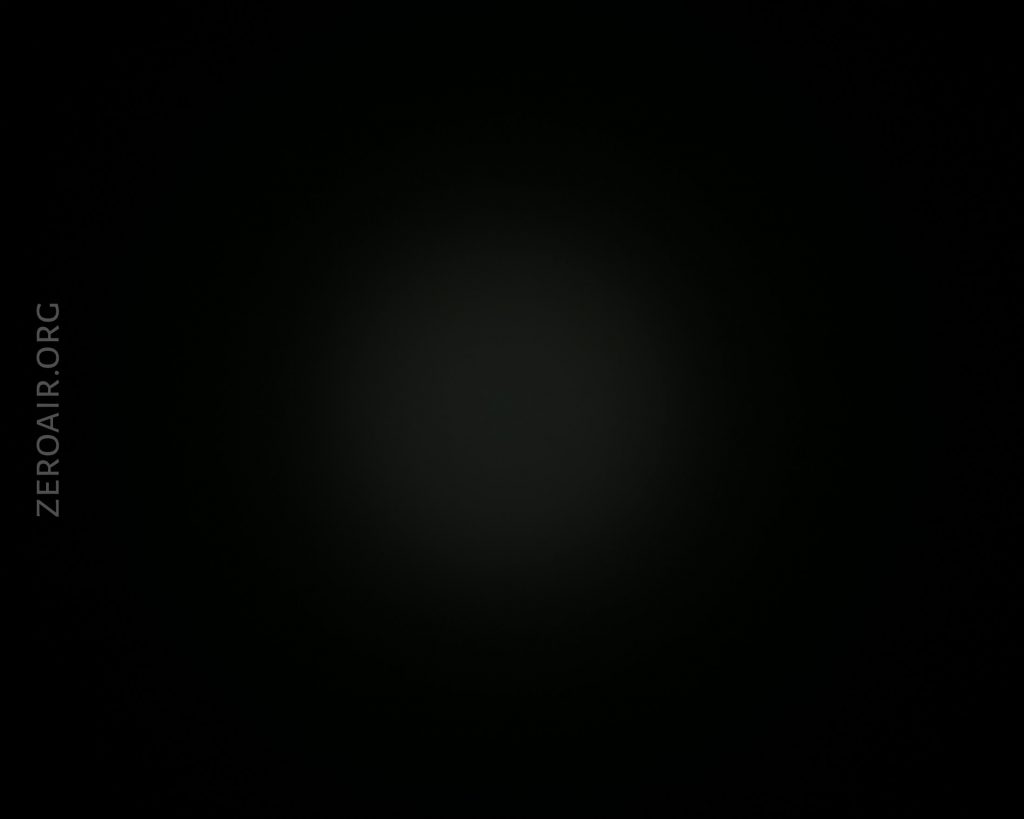
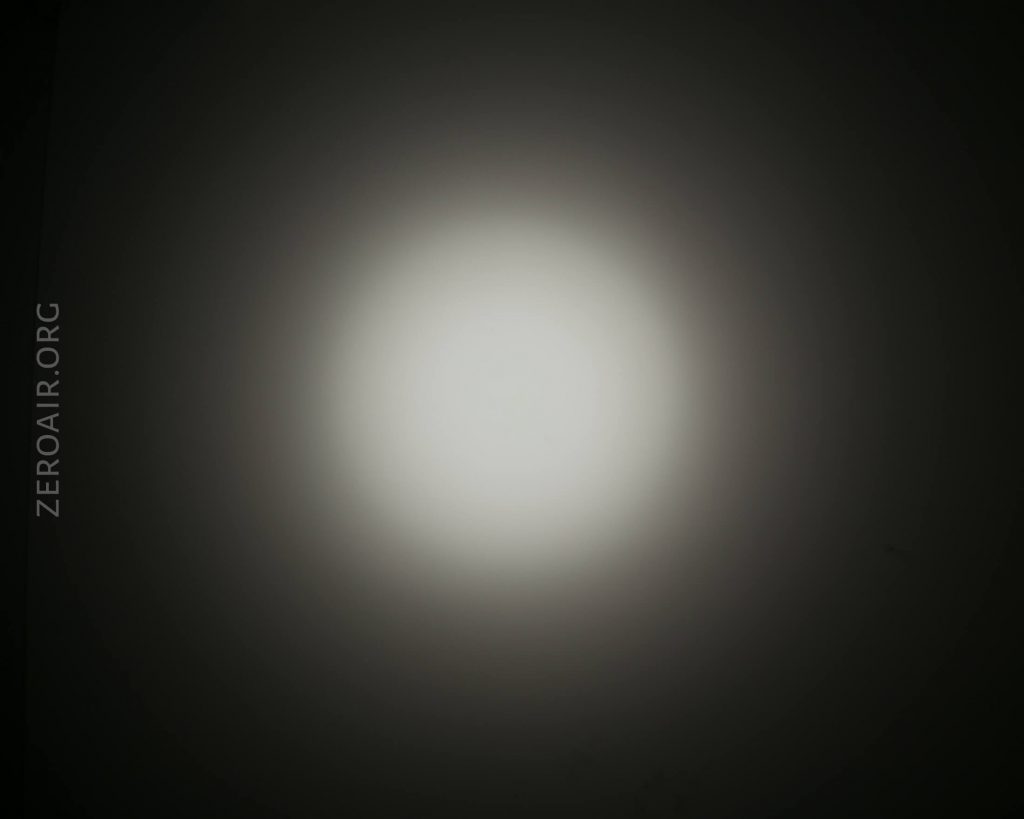



Pingback: Rovyvon Aurora A5x GITD im Test – Ultraleichte LED-Lampe – HappyHiker
Pingback: RovyVon Aurora A3 Pro Keychain Flashlight Review - ZeroAir Reviews